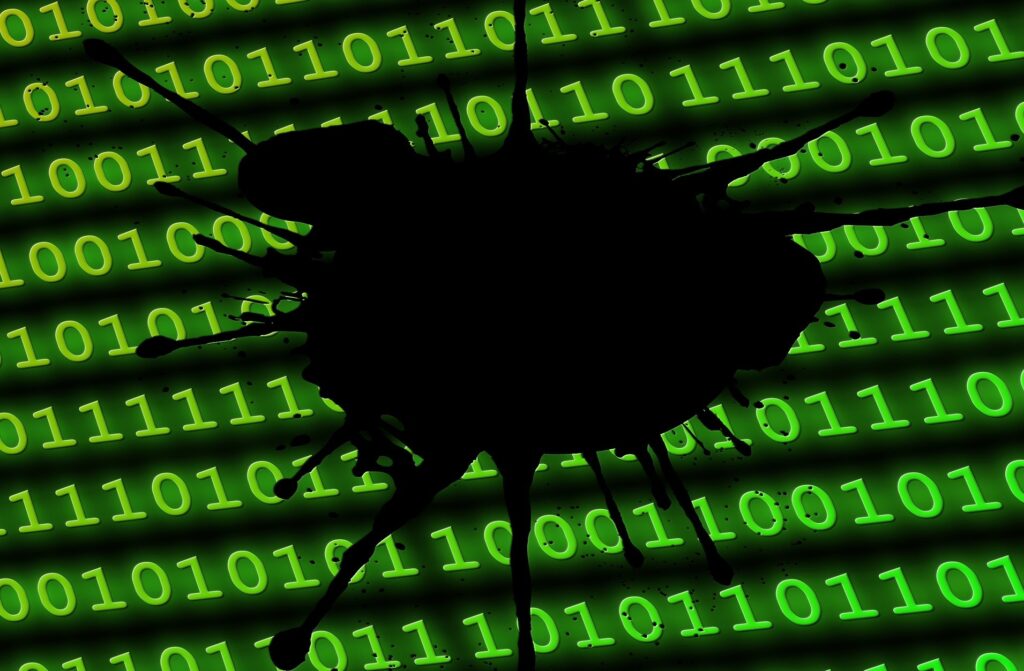Data errors in a digital system can happen due to faults in the transceiver system or noise during the transmission. Such errors need to be detected and corrected, as digital systems are sensitive to such errors. The presence of data errors beyond a threshold can lead to catastrophic situations if not taken care of immediately.
We generally add check bits to original data bits for error detection and correction. The check bits, along with the data stream bits, construct unique code words that are useful in handling data errors. However, these check bits are considered redundant as they do not carry any information. So, the addition of check bits introduces more overhead per transmission, even though they provide reliability to data communication. Moreover, for robust error detection and correction, more number of check bits are required. So, a trade-off exists between the level of error resiliency we want to introduce and the level of overhead we are ready to manage.
The following series of articles will cover different concepts related to error detection and correction codes.
Previous Table of Content Next
